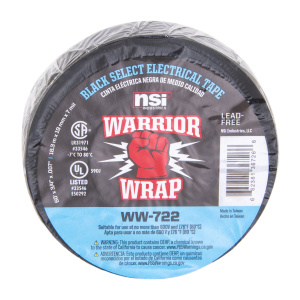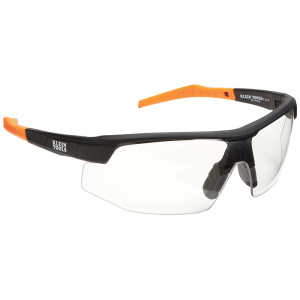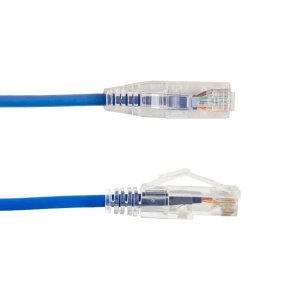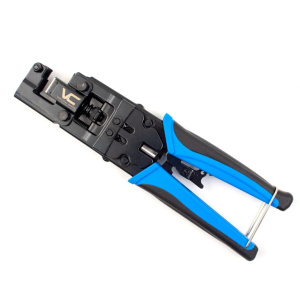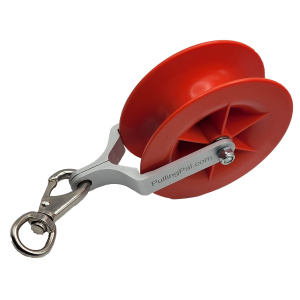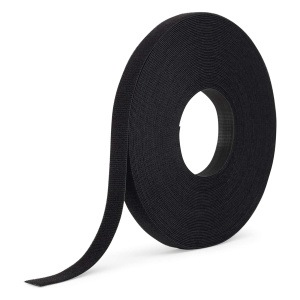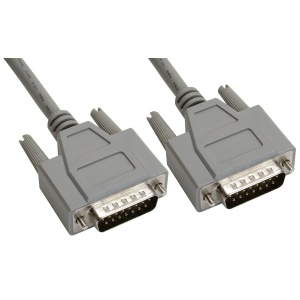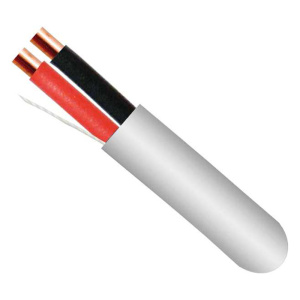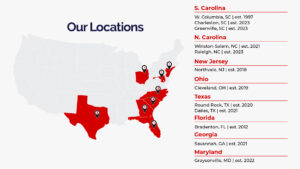Introduction
In our data-driven world, the need for fast and reliable communication systems has never been greater. That’s where fiber optic cables come into play. Are you keen on understanding fiber optic cables? Look no further! Let’s deep dive into the world of these luminous threads of information highways in our detailed guide: “Understanding Fiber Optic Cables: A Guide to Types.”
Understanding Fiber Optic Cables: A Guide to Types
Ever wondered how data travels at the speed of light? Well, that’s not an idiom! Fiber optic cables literally transport data at light speed. Fascinating, isn’t it? These thin, flexible fibers are the conduits of data flow, carrying information from one point to another through pulses of light.
The Nuts and Bolts of Fiber Optic Cables
Fiber optic cables comprise several parts, each playing a critical role in data transmission. Core, cladding, buffer coating, and the protective jacket – each part comes together to create this incredible technology. Let’s peel off the layers and get down to brass tacks.
Core: The Heart of Data Transmission
The core is the main channel for light transmission. Made from glass or plastic, its diameter significantly affects the data carrying capacity.
Cladding: Core’s Protective Sibling
Cladding surrounds the core, creating a refractive layer that keeps the light signals from escaping. It literally ‘bounces’ the light back into the core, ensuring data integrity.
The Dance of Types: Single Mode vs Multimode Fiber Optic Cables
In the realm of fiber optic cables, two types steal the limelight: Single Mode and Multimode cables. Each has its distinct characteristics, pros, and cons, but the end game is the same – lighting the way for data.
Single Mode Fiber Optic Cables
These are the marathon runners in the world of fiber optic cables. Single Mode cables can carry signals over vast distances, but they can transmit only one signal at a time. They’re the go-to choice for long-distance telecommunication networks.
Multimode Fiber Optic Cables
The sprinters of the fiber optic world, Multimode cables, are great for short-distance data transmission. They can carry multiple light signals simultaneously, making them ideal for local area networks and data centers.
The Many Faces of Fiber Optic Cables
Aside from Single Mode and Multimode, fiber optic cables come in a range of configurations, each designed for specific applications. These include Simplex, Duplex, Ribbon, and Armored fiber optic cables, each with unique characteristics and uses.
Diving Deeper: The Science Behind Fiber Optic Cables
It’s not just magic that makes light travel through these cables. The science behind fiber optics is deeply rooted in the principles of physics. From total internal reflection to the concept of bandwidth, fiber optic technology is a testament to human ingenuity.
Laying the Groundwork: Installing Fiber Optic Cables
From digging trenches to laying subsea cables, the process of installing fiber optic cables is a complex and labor-intensive task. But the resulting high-speed communication infrastructure is well worth the sweat and toil.
FAQ’s
Q: Why do we use fiber optic cables? A: Fiber optic cables offer unparalleled data transmission speeds, making them ideal for a wide range of applications, including telecommunications, internet, and cable television.
Q: What’s the difference between Single Mode and Multimode fiber optic cables? A: Single Mode cables can transmit one signal over long distances, while Multimode cables can carry multiple signals over short distances.
Q: Are fiber optic cables expensive? A: While the initial cost of fiber optic cables can be high, they often prove more cost-effective in the long run due to their superior performance and durability.
Q: What’s the lifespan of fiber optic cables? A: With proper installation and maintenance, fiber optic cables can last for 20-25 years.
Q: How are fiber optic cables installed? A: Fiber optic cable installation involves several steps, including planning, digging, laying the cables, and testing the installed infrastructure.
Q: Can fiber optic cables get wet? A: Yes, they can. Fiber optic cables are designed to withstand various environmental conditions, including water exposure. However, prolonged exposure to water can cause damage.
Conclusion
Understanding fiber optic cables and their types is akin to comprehending the backbone of our modern communication infrastructure. Whether it’s streaming your favorite movie, attending a virtual meeting, or connecting with loved ones overseas, fiber optic cables make it possible. Here’s to the silent heroes of the information age – fiber optic cables!
